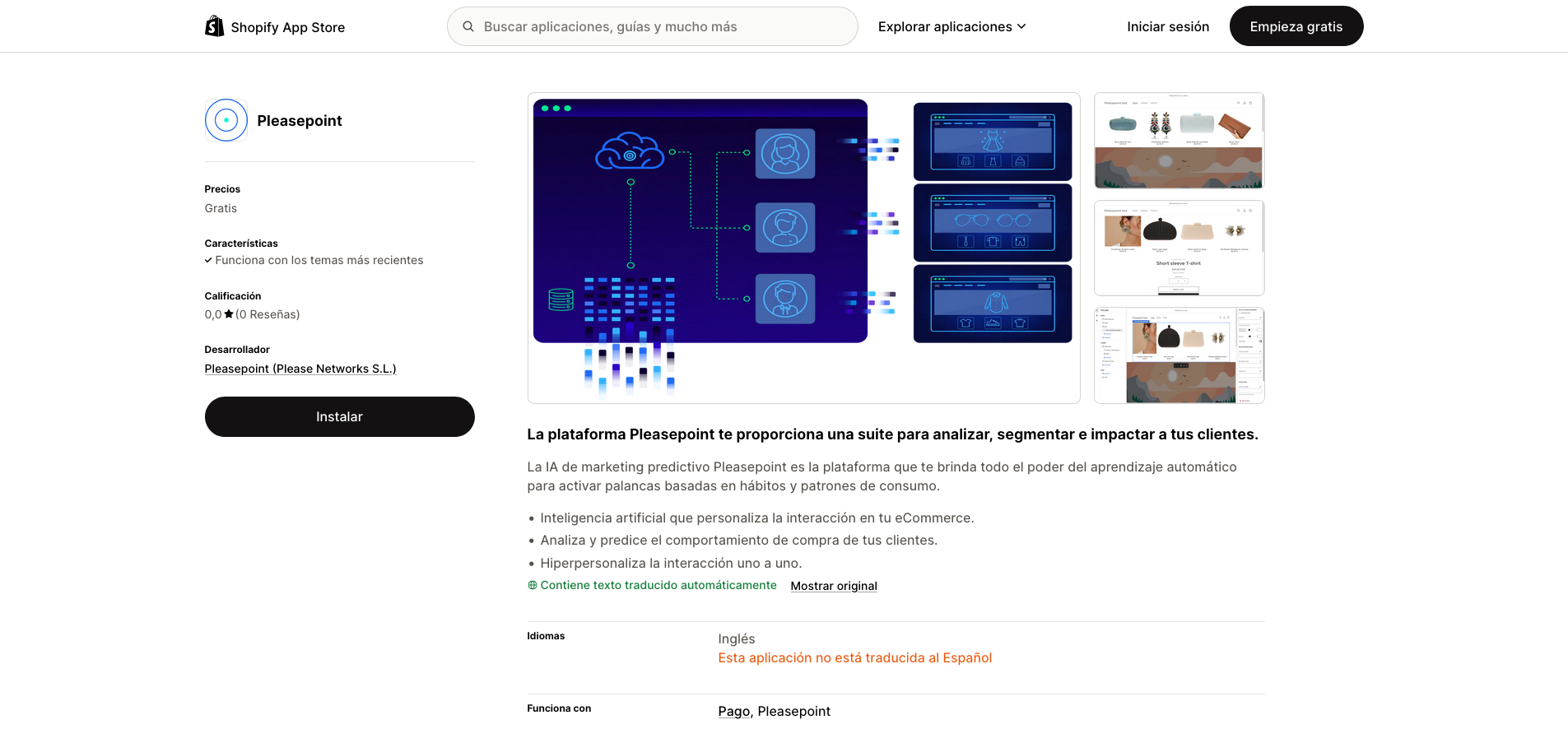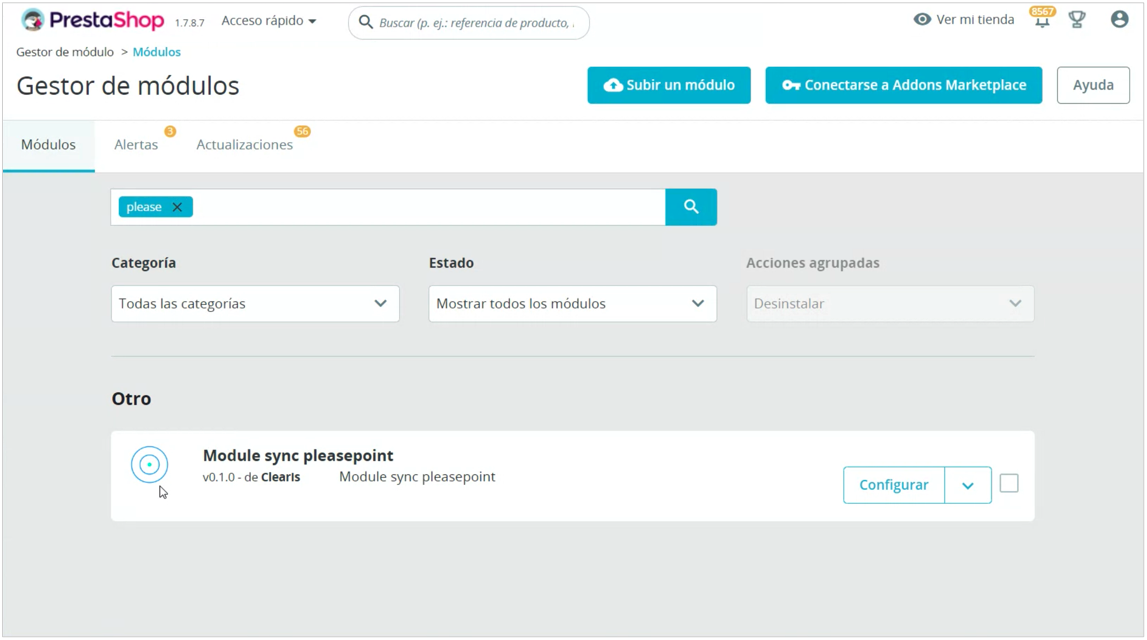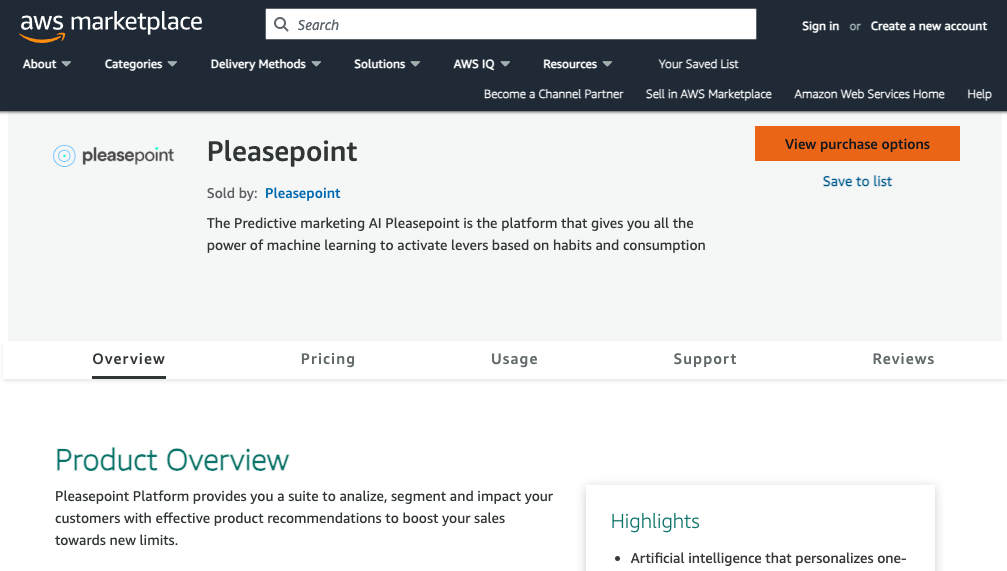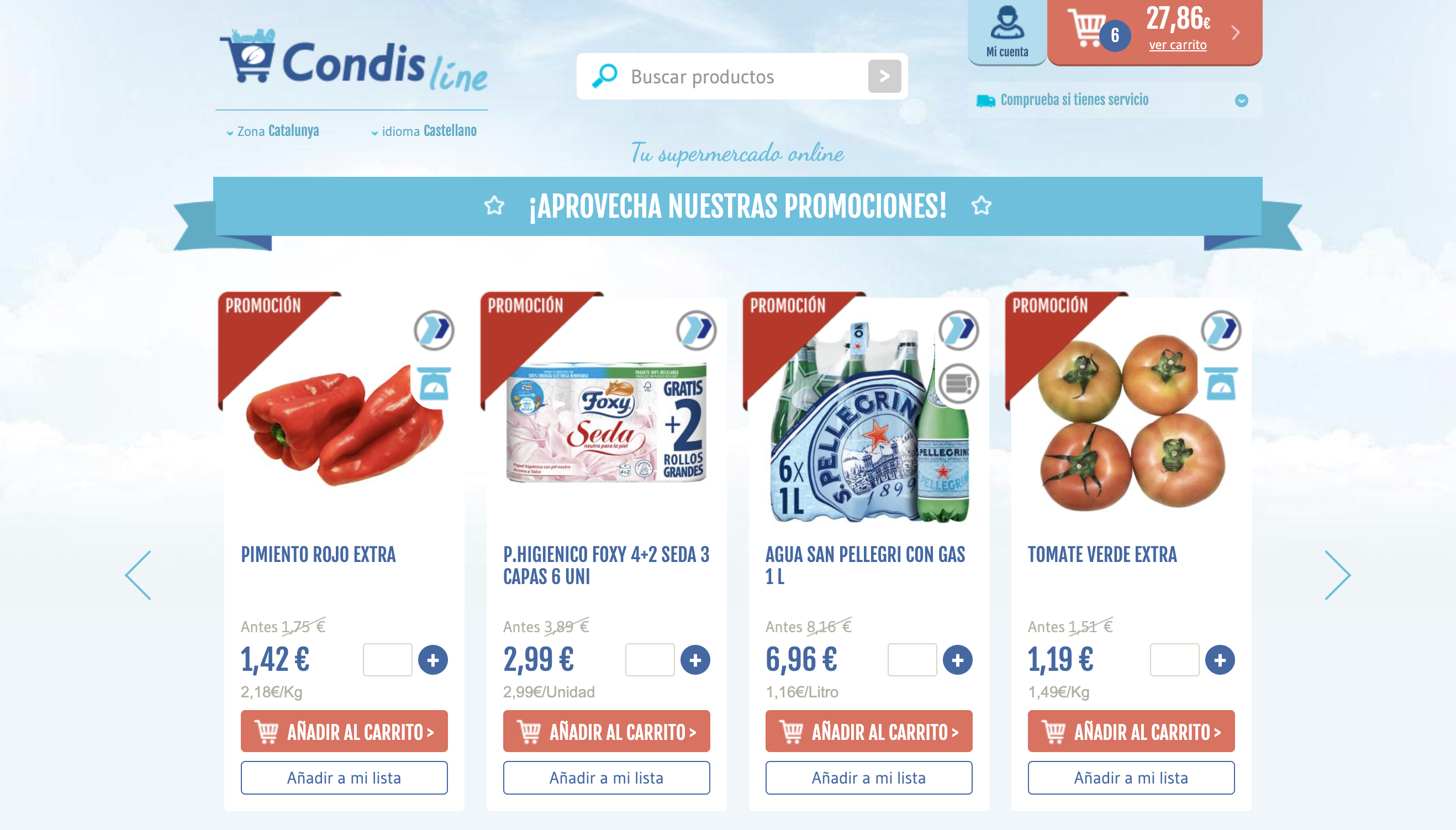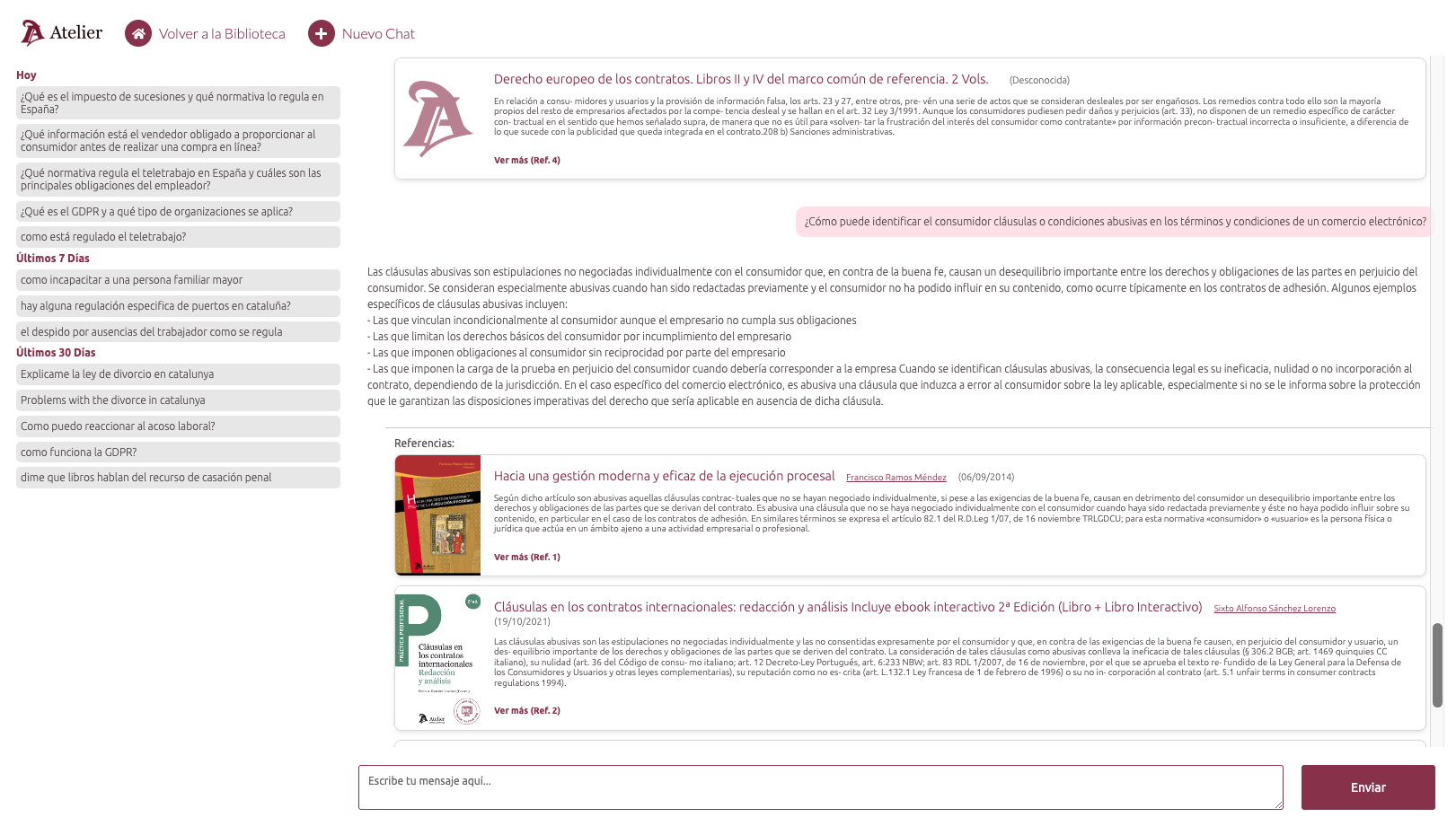In this article, you will learn the most advanced predictive marketing techniques and predictive analytics methods. You will discover how to collect and analyze customer data to predict future behaviors, identify business opportunities, and make more informed decisions for your marketing strategy.
We will explore how to use predictive models, based on machine and deep learning, to anticipate your customers' needs and preferences. Boost your marketing strategy with the power of predictive marketing!
These are the contents of the article:
- What is predictive marketing?
- Advanced data analysis techniques in predictive marketing.
- Advantages and practical applications of predictive marketing.
- Key ideas on predictive marketing.
Predictive marketing is a practice that uses historical data and advanced analytics to predict behaviors, trends, and future outcomes in the marketing field. This discipline is based on processing large amounts of data and implementing predictive algorithms to make more informed and strategic decisions in marketing.
Download our eBook Introduction to one-to-one marketing and learn to hyper-personalize your communication strategy and real-time interaction for each of your customers, increasing the conversion of your actions into sales.
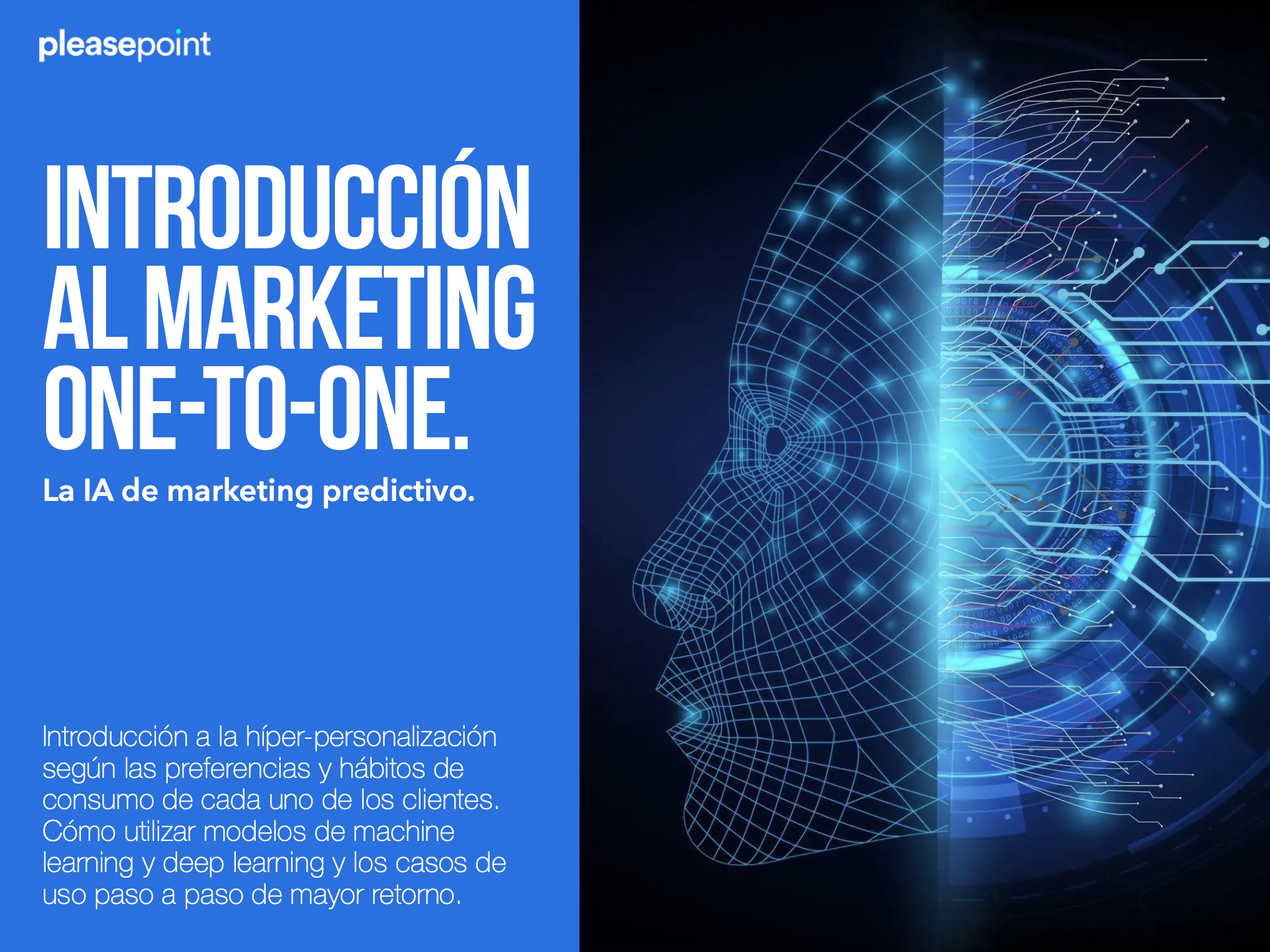
If you want to delve deeper into use cases, success stories, and implementation examples, I recommend these articles from our blog:
- Transforming data into sales increases: Success case of hyper-personalization in CRM strategy.
- How to drive product replenishment with hyper-personalization?
- First steps in Pleasepoint: How to implement an effective predictive marketing strategy.
- The control group: The key to measuring the impact of your CRM actions.
- Enriching Salesforce Marketing Cloud with the Customer Lifetime Value (CLV) Datamodel.
- Enriching Salesforce Marketing Cloud with the purchase propensity (buyer persona profiles) Datamodel.
- One-to-one personalization for your actions in Salesforce Marketing Cloud.
- Pleasepoint selected at AWS Summit Madrid 2023 as one of the 20 most innovative startups.
What is predictive marketing?
Traditional marketing relies on past experiences and assumptions, which can lead to subjective and less effective decisions. On the other hand, predictive marketing uses concrete data and advanced analytics techniques to predict consumer behavior, identify patterns, and generate actionable insights.
The use of predictive marketing allows companies to anticipate their customers' needs and preferences, tailor their strategies and marketing messages in a personalized way, improve marketing return on investment, and predict and maximize long-term revenue and profitability.
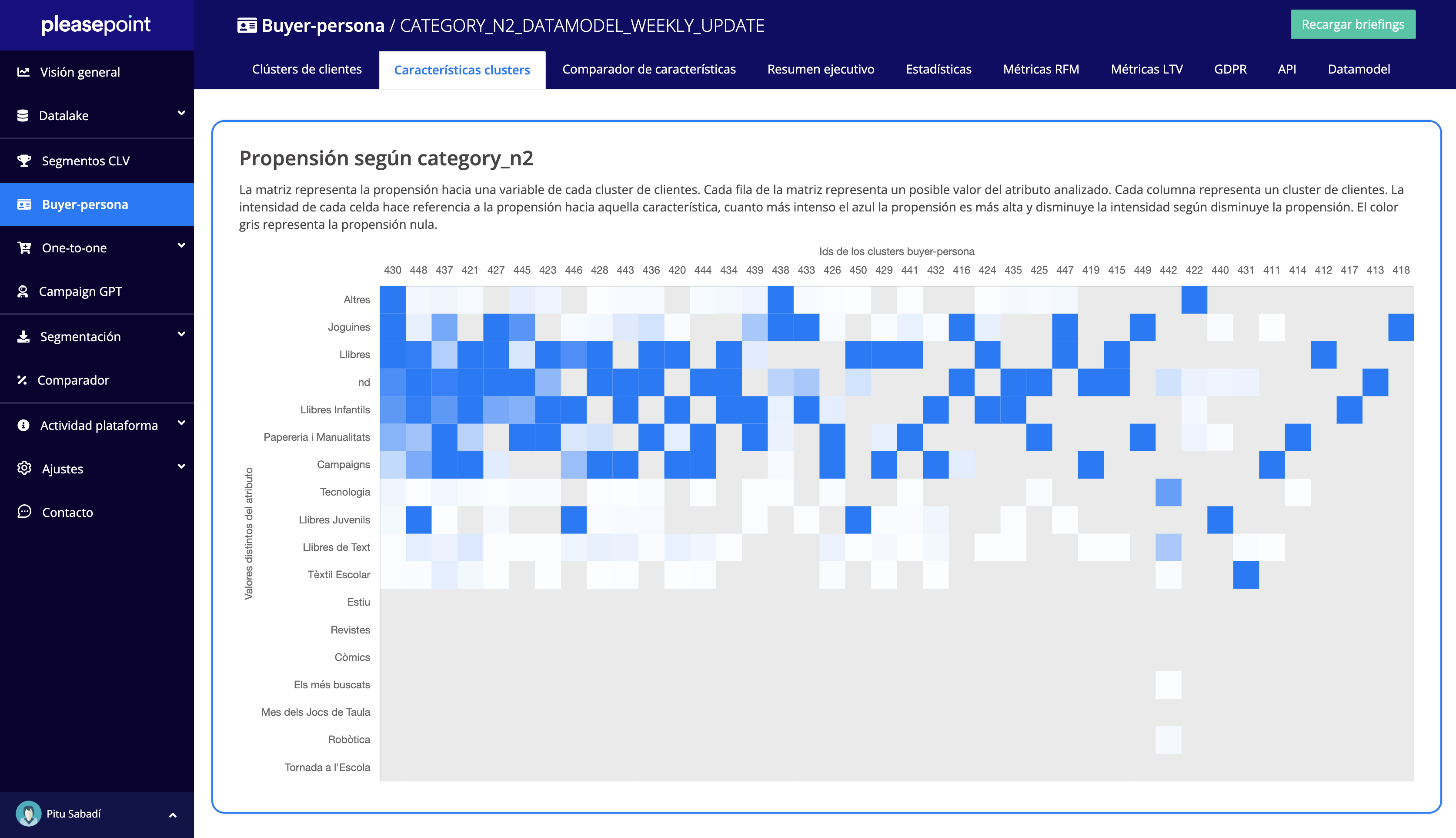
Predictive marketing is based on the combination of various techniques and tools to achieve the best results. Some of the most commonly used are:
- Data analysis: The collection and analysis of data play a crucial role in predictive marketing. This involves gathering both internal (company-owned) and external (public and third-party) historical data to gain a complete view of the market and customers.
- Predictive models: The use of predictive models enables predicting customer behavior and their response to different marketing initiatives. These models can be applied in various areas, such as customer segmentation, predicting customer lifecycle, product recommendations, estimating customer value, among others.
- Machine learning: Machine learning is a technique that allows algorithms to learn from data and automatically improve their predictions over time. This technique is widely used in predictive marketing to identify complex patterns and predict future behaviors.
- Customer segmentation: Customer segmentation is a common practice in marketing, but predictive marketing takes it a step further by using historical data and advanced techniques to identify customer segments with the greatest potential for conversion and profitability.
- Campaign optimization: Predictive marketing is also applied in marketing campaign optimization. This involves identifying the ideal channels, messages, and timing to reach each customer segment, thus maximizing the effectiveness and impact of marketing actions.
In summary, predictive marketing offers companies the ability to make informed and strategic decisions based on data and advanced analytics. This discipline is used to predict behaviors, improve the accuracy of marketing initiatives, and maximize long-term results.
Advanced data analysis techniques in predictive marketing
Predictive marketing is a discipline that combines data analysis with machine learning techniques to predict consumer behavior and make more informed marketing decisions.
In this context, data analysis plays a crucial role as it provides the foundation for generating accurate predictive models. Now, we will dive into advanced data analysis techniques in predictive marketing. We will explore how to use relevant data and apply machine learning algorithms to obtain more accurate and effective predictions.
Data visualization.
Data visualization is an effective way to understand and communicate the information contained in the datasets used in predictive marketing. In this sense, we will learn to use data visualization tools and techniques, such as graphs and interactive tables, to explore patterns, identify trends, and discover relevant insights.
At Pleasepoint, you can easily visualize customer behavior and consumption patterns with just a click.
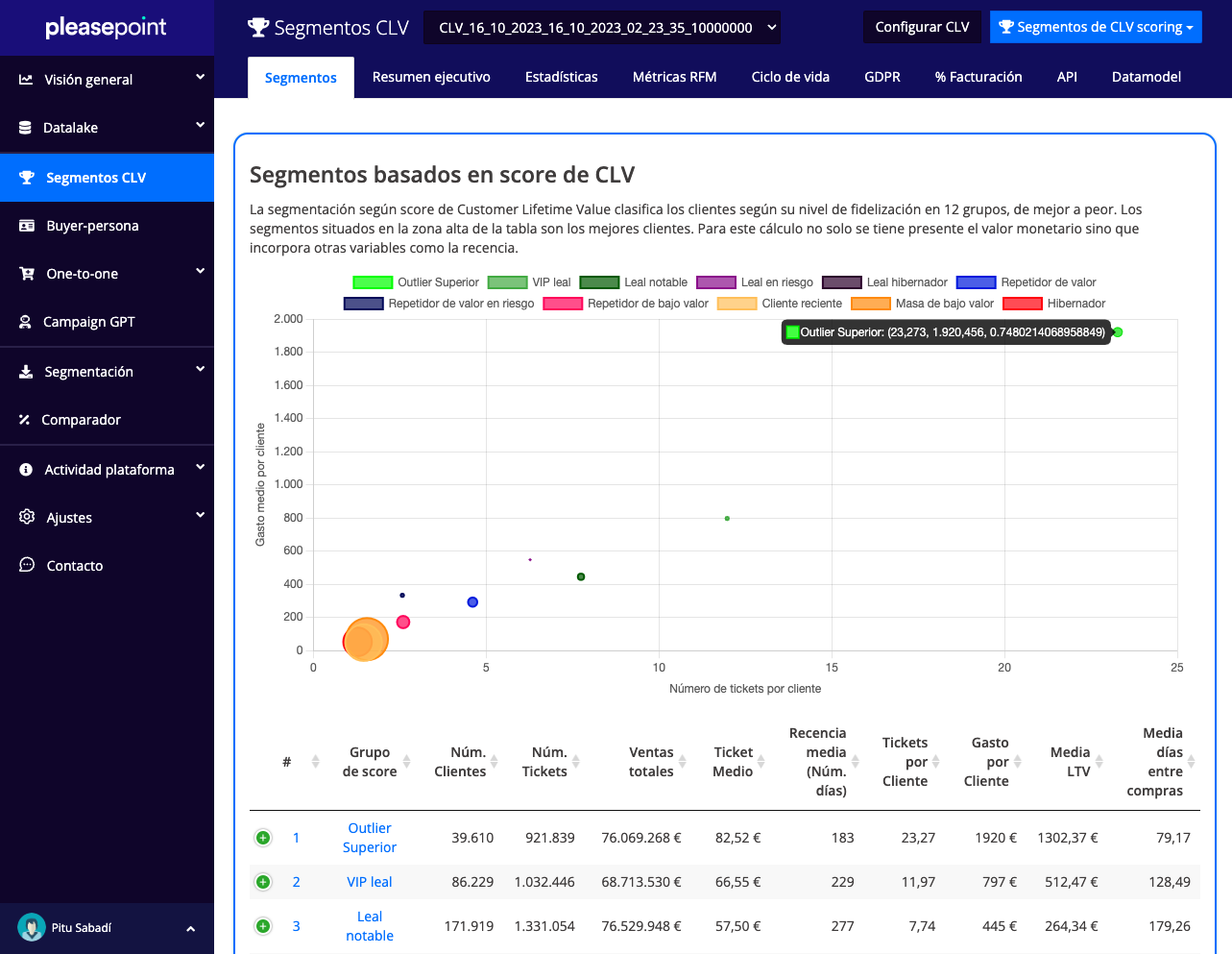
Take a look at this screenshot, where you can visualize the following information extracted from the customer classification model based on loyalty level:
- The horizontal axis represents the average number of tickets per cluster customer.
- The vertical axis represents the average sales volume per customer in each cluster.
- The size of the bubble represents the cluster size in terms of customer numbers.
Advanced machine learning models.
As we advance in data analysis in predictive marketing, it is important to explore more advanced machine learning models. Pleasepoint's AI-based platform offers various machine learning and deep learning models to identify consumption patterns and personalize the experience.
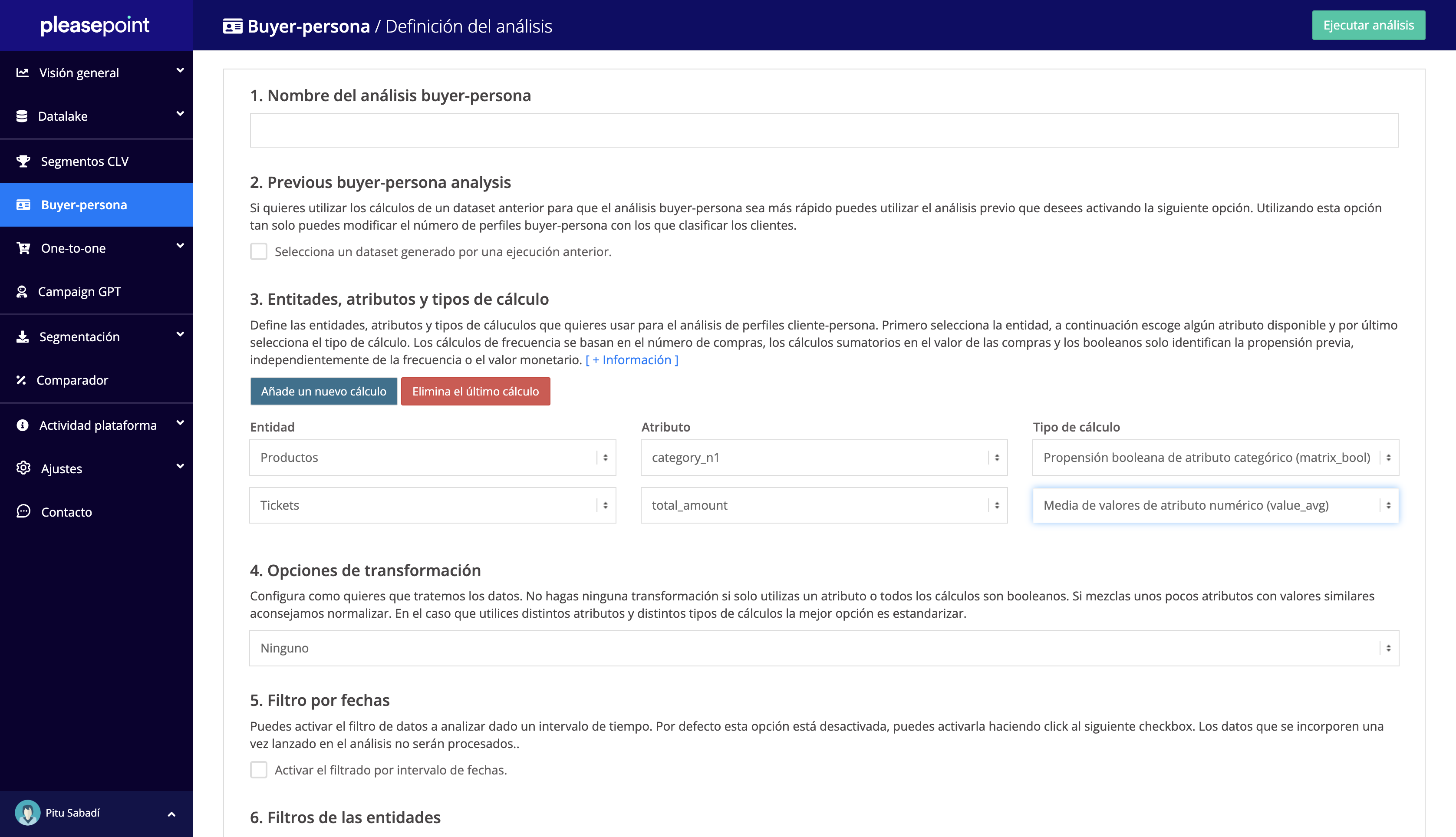
These are the AI models that Pleasepoint offers you:
- Customer classification model based on Customer Lifetime Value (machine learning).
- Customer classification models based on purchase propensity (machine learning).
- Customer classification models based on consumption habits (machine learning).
- Customer classification models based on behavior (machine learning).
- Neural network enhanced with reinforcement learning for one-to-one product recommendation (deep learning).
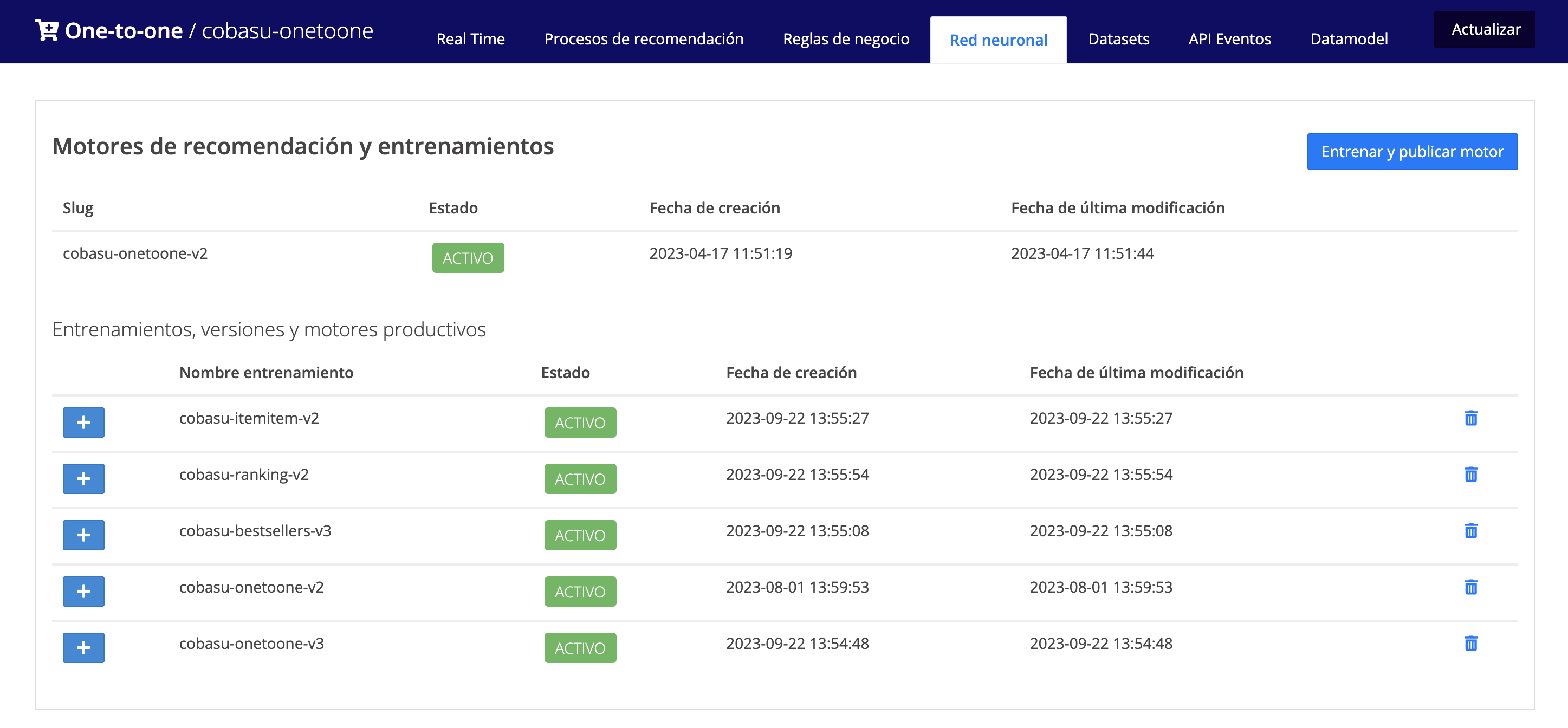
Once we have created our machine learning models, it is essential to evaluate their performance and conduct rigorous validation. With Pleasepoint, you can generate control groups among your users to measure the results of your CRM actions.
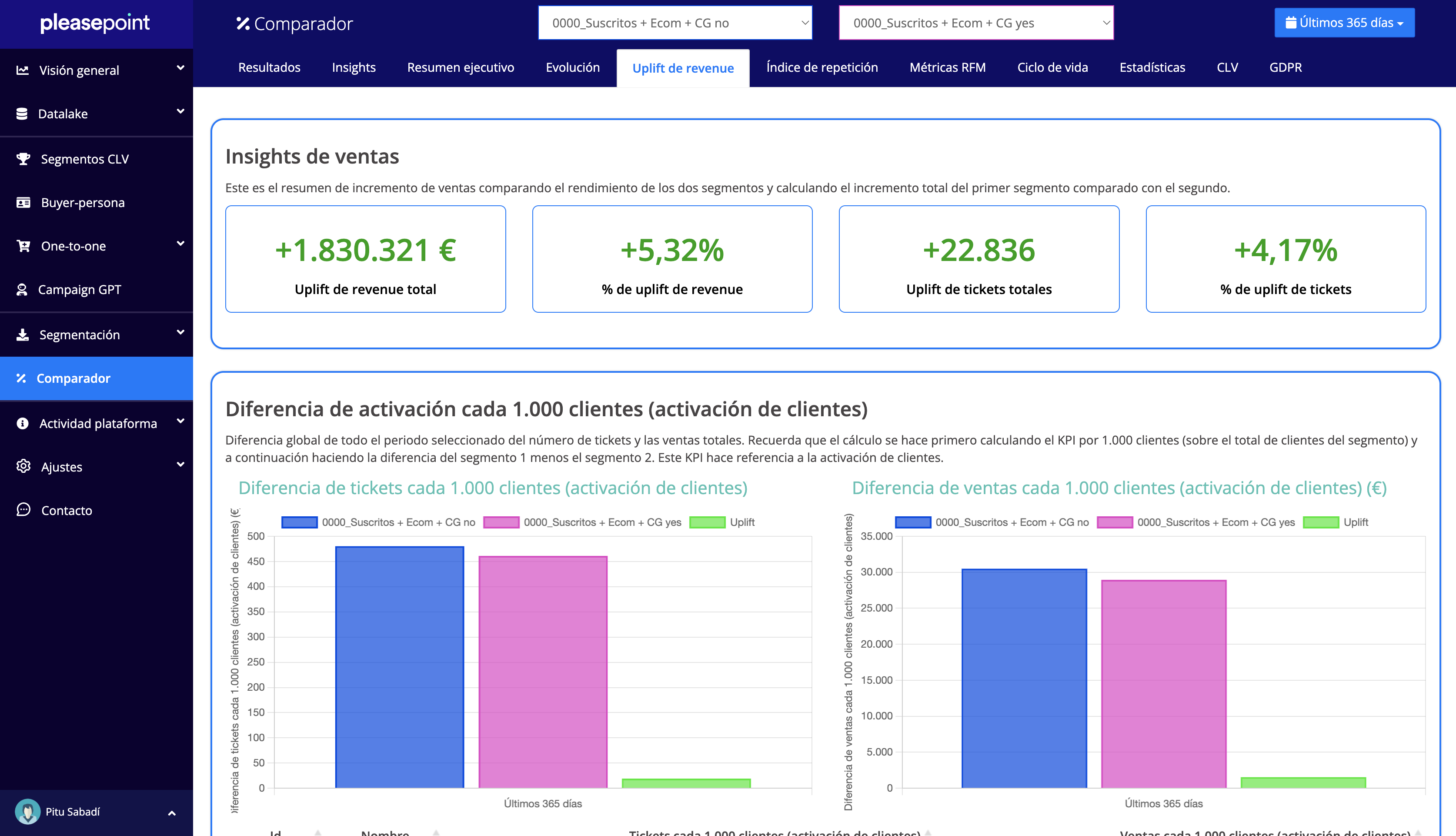
If you want to see in detail how to use the control group, I recommend reading this article from our predictive marketing blog. Remember that the Pleasepoint SDK also allows you to perform A/B tests in real-time product recommendations.
Implementing models in the CRM strategy.
Pleasepoint provides you with datamodels to enrich customer data in your CRM or CDP, allowing you to personalize customer communication seamlessly from your tool.
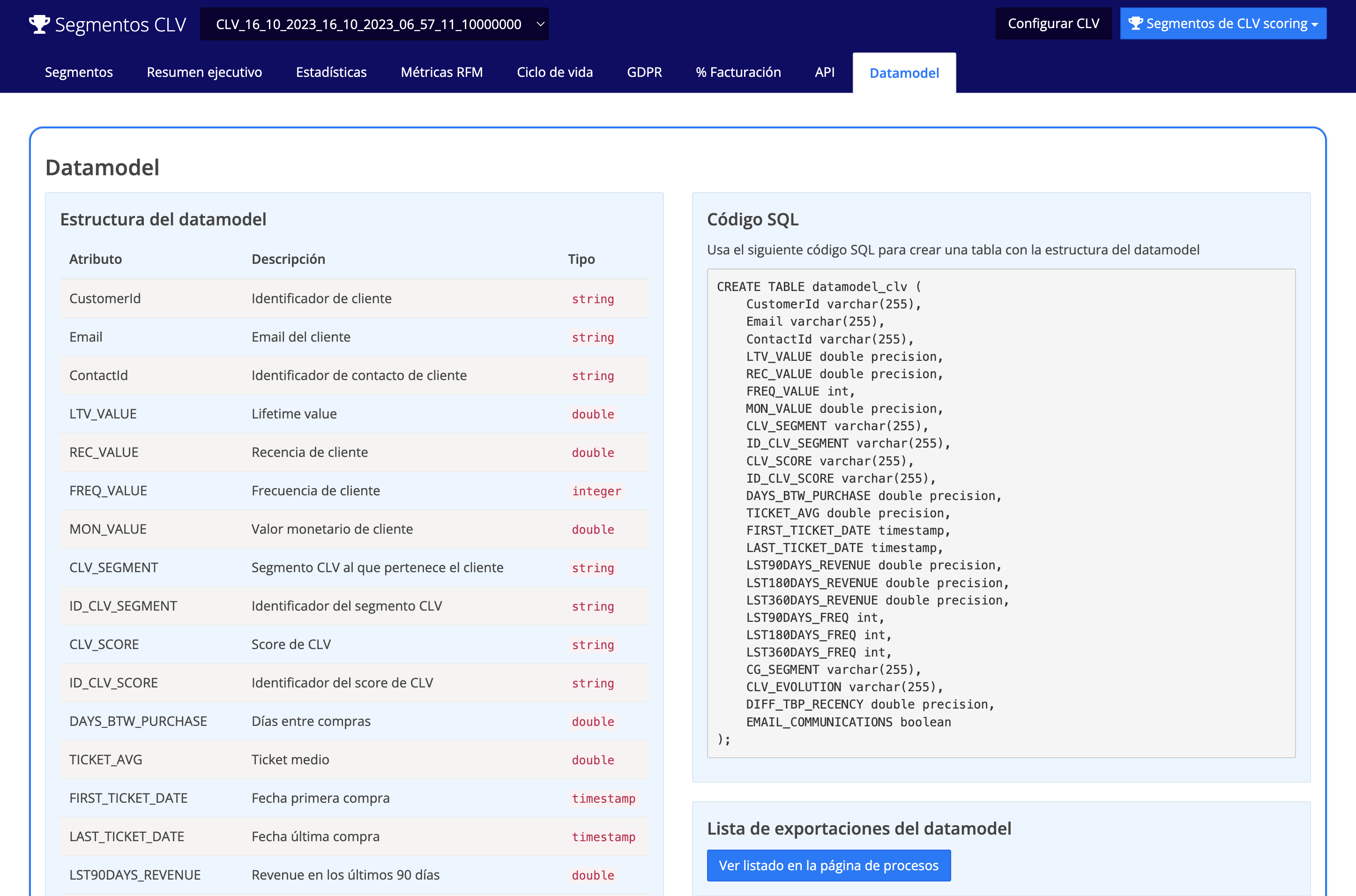
In the previous screenshot, you can see the information that will enrich each of your customers with the CLV-based customer classification datamodel. If you want to see in detail how to use this datamodel, you can read this article.
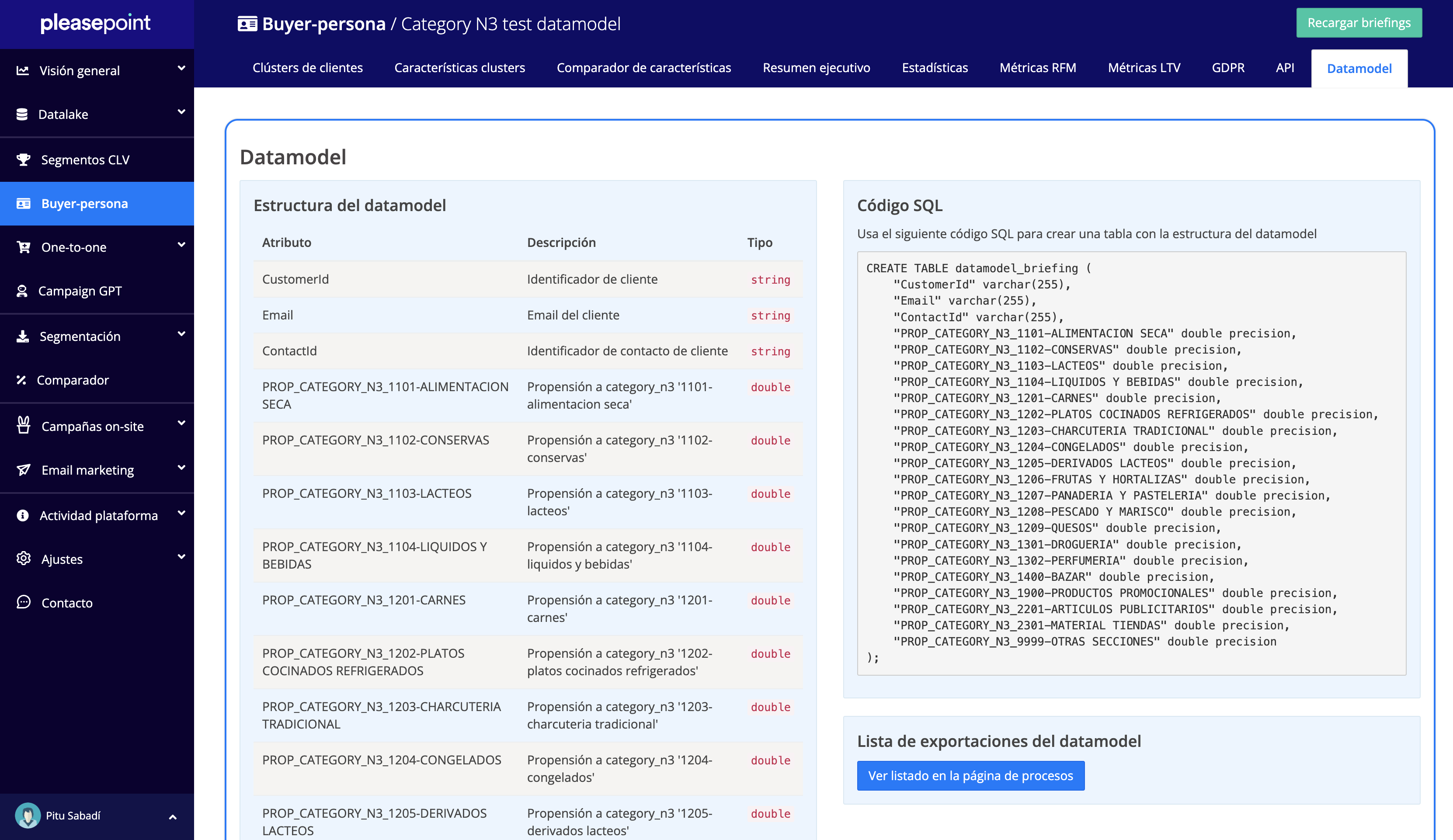
In this image, you can see the structure, in this case variable, of buyer persona models to identify customers with similar purchase propensities, behaviors, or consumption habits. If you want to see more details on how to use buyer persona datamodels, I recommend this blog post.
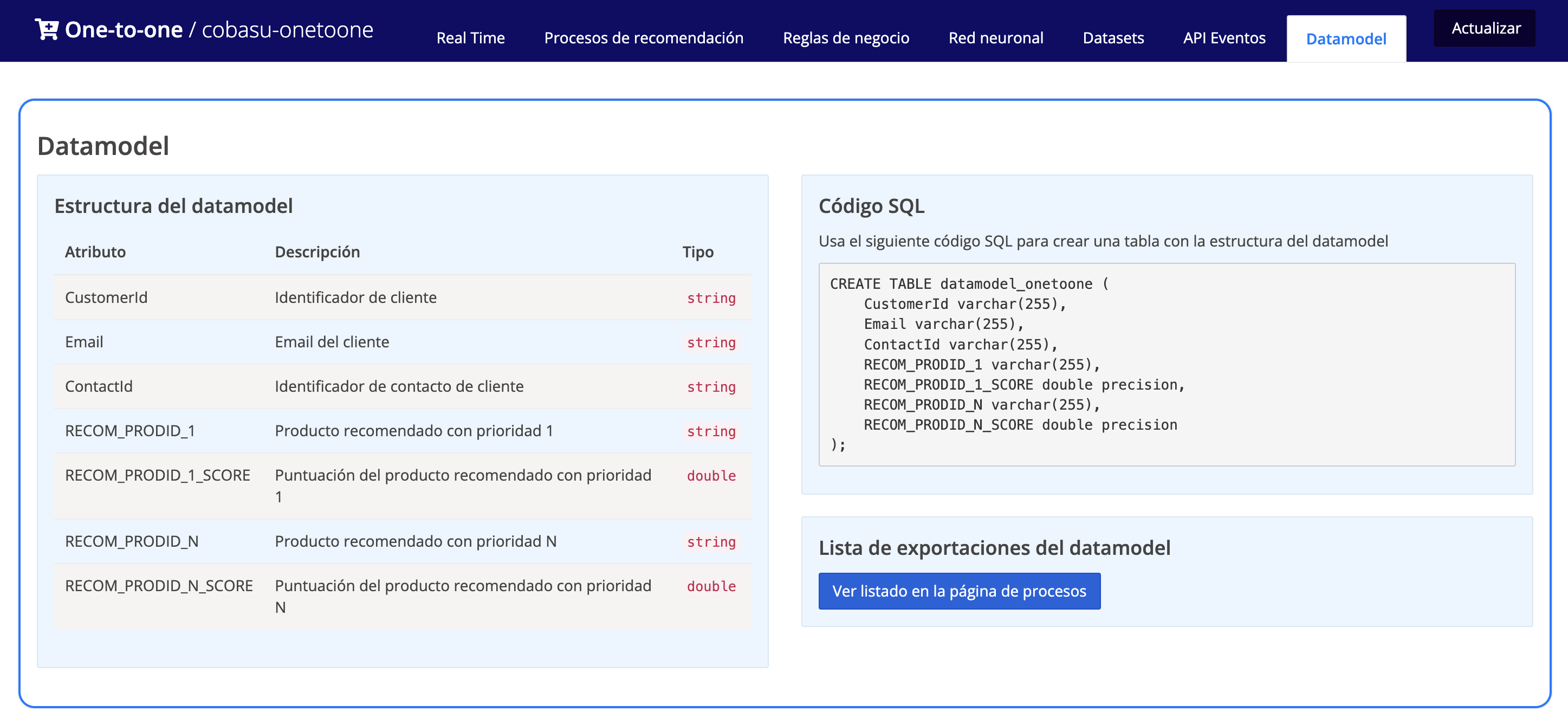
The one-to-one product recommendation datamodels have this structure:
Real-time model implementation.
Finally, we will focus on how to implement predictive marketing models in real-time. It's time to integrate the models into real-time production environments, automating the data acquisition process, and making predictions during user interactions.
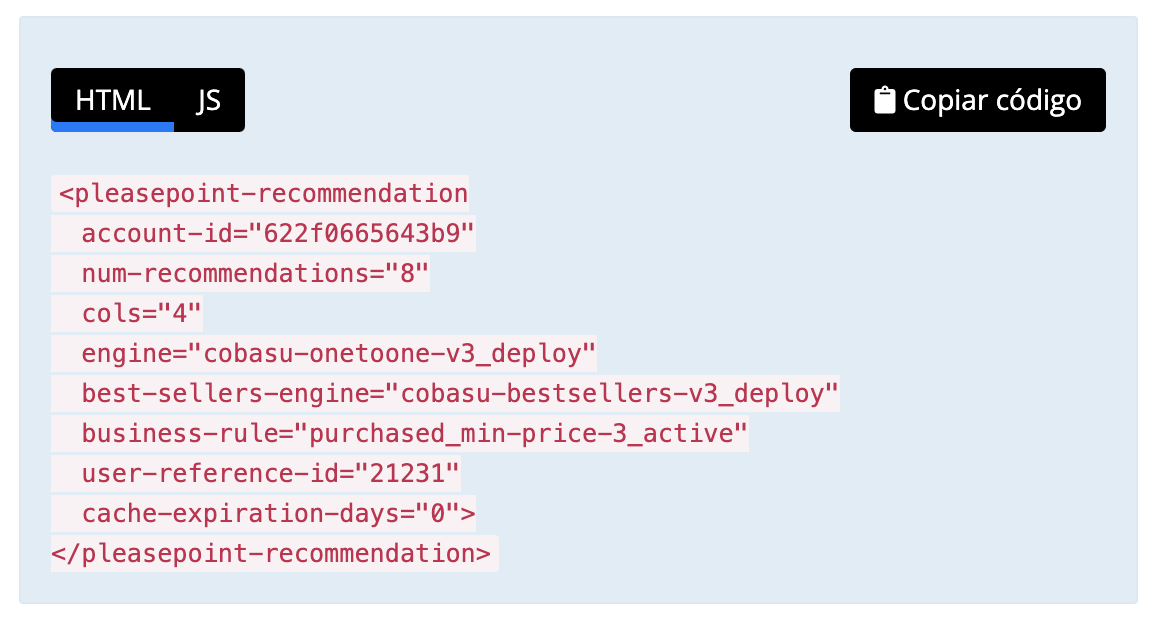
For this, Pleasepoint offers three ways to access AI models in real-time:
- API access: You can directly access one-to-one recommendation models, customer classification by purchase propensity, or segments based on the CLV model.
- JavaScript SDK: You can access all API functions using the SDK in JavaScript in any web environment.
- HTML tags: To facilitate the display of one-to-one product recommendations and event registration, it is easiest to use our SDK HTML tags.
With this, you are ready to access all AI models in real-time and start personalizing the customer experience based on the predictions made.
In summary, this section on advanced data analysis techniques in predictive marketing has provided you with a roadmap to conduct more sophisticated data analysis, use advanced machine learning models, and develop more effective marketing strategies.
Advantages and practical applications of predictive marketing
Predictive marketing is a discipline that combines data analysis techniques and models based on artificial intelligence to predict future behaviors and trends in the market.
Through the application of algorithms and advanced data analysis, predictive marketing provides a holistic and accurate view of consumers, allowing companies to make strategic decisions based on facts and reliable forecasts.
Predictive marketing offers numerous specific advantages when it comes to making strategic decisions in an organization. These are the main benefits of introducing predictive marketing into your organization:
- In-depth knowledge of consumers: Through the use of data analysis techniques, predictive marketing allows companies to gain a deep understanding of their consumers. This discipline can analyze large amounts of data to identify behavioral patterns and trends that help businesses understand their customers' preferences, needs, and expectations. With this knowledge, companies can adapt their strategies more effectively and offer products and services that meet their consumers' demands.
- Prediction of future behaviors: One of the main advantages of predictive marketing is its ability to predict future behaviors. Through statistical models and algorithms, this discipline can anticipate which products or services will be in higher demand, how consumers will behave in certain situations, and how they will respond to specific marketing strategies. This information allows companies to make informed strategic decisions and design targeted campaigns to maximize return on investment.
- Marketing strategy optimization: Predictive marketing also enables companies to optimize their marketing strategies. By identifying common characteristics and patterns among consumers, this discipline can effectively segment the market and personalize marketing strategies for each segment. This means that companies can create more relevant and effective campaigns, increasing the chances of success and making the most of the available marketing resources.
- Risk reduction: By providing accurate and reliable information about market trends and behaviors, predictive marketing helps companies reduce the risks associated with strategic decision-making. By making data-based decisions and reliable forecasts, companies can minimize the impact of unpredictable factors and increase the likelihood of success in their marketing strategies.
Practical applications of predictive marketing in strategic decision-making
Predictive marketing can be applied in various areas of strategic decision-making within an organization. Some of the most common practical applications include:
1. Customer lifecycle optimization.
Predictive marketing helps companies optimize the customer lifecycle. Through data analysis, it is possible to identify behavioral patterns that indicate when a customer is ready to make an additional purchase or when customer churn is likely to occur.
With this information, companies can design strategies to retain existing customers, increase purchase frequency, and maximize each customer's lifetime value.
2. Personalization of offers and promotions.
Predictive marketing allows companies to personalize offers and promotions for each customer more effectively. Through data analysis, it is possible to understand individual consumer preferences and create offers that suit their specific needs.
This creates a personalized experience for the customer, increasing the chances of conversion and loyalty.
3. Price optimization.
Predictive marketing can also be used to optimize product and service pricing. By analyzing historical sales data and market behavior patterns, it is possible to identify the optimal price to maximize revenue and demand.
This allows companies to establish more effective and competitive pricing strategies, ensuring a strong market position.
4. Demand forecasting.
Predictive marketing can help companies forecast future demand for products and services. By analyzing historical sales data, social media data, and other relevant factors, it is possible to predict more accurately the demand for certain products or services at a given time.
This information is invaluable for inventory planning, supply chain management, and strategic decisions related to supply and demand.
Key ideas on predictive marketing
This introductory article on predictive marketing is essential for understanding and leveraging the benefits of this discipline in the business world. We have explored the basic concepts of predictive marketing, including its definition, objectives, and benefits.
Additionally, we have seen different use cases and how to implement them with the leading predictive marketing tool, using predictive data analysis and providing the necessary resources to apply these techniques in your professional activity.
Advanced data analysis techniques in predictive marketing are essential to obtain relevant and accurate insights about customers, allowing companies to make more informed and effective strategic decisions. We have delved into various data analysis methods, such as customer segmentation, classification, and behavior prediction. These advanced techniques are key to optimizing marketing strategies and improving business outcomes.
In summary, we have explored the practical applications of predictive marketing in strategic decision-making. Throughout this article, we have seen how the use of predictive analytics can influence the planning and execution of commercial strategies.
From demand forecasting to personalized customer communication, predictive marketing offers numerous opportunities to improve decision-making in the business environment.
The knowledge gained in this article will allow you to use predictive marketing as a powerful tool to drive your company's growth and profitability.
Download our eBook Enriching customer data and learn how to execute a personalization strategy based on each customer's lifecycle and preferences. It has never been easier to start hyper-personalizing and increasing the performance of your marketing actions.

